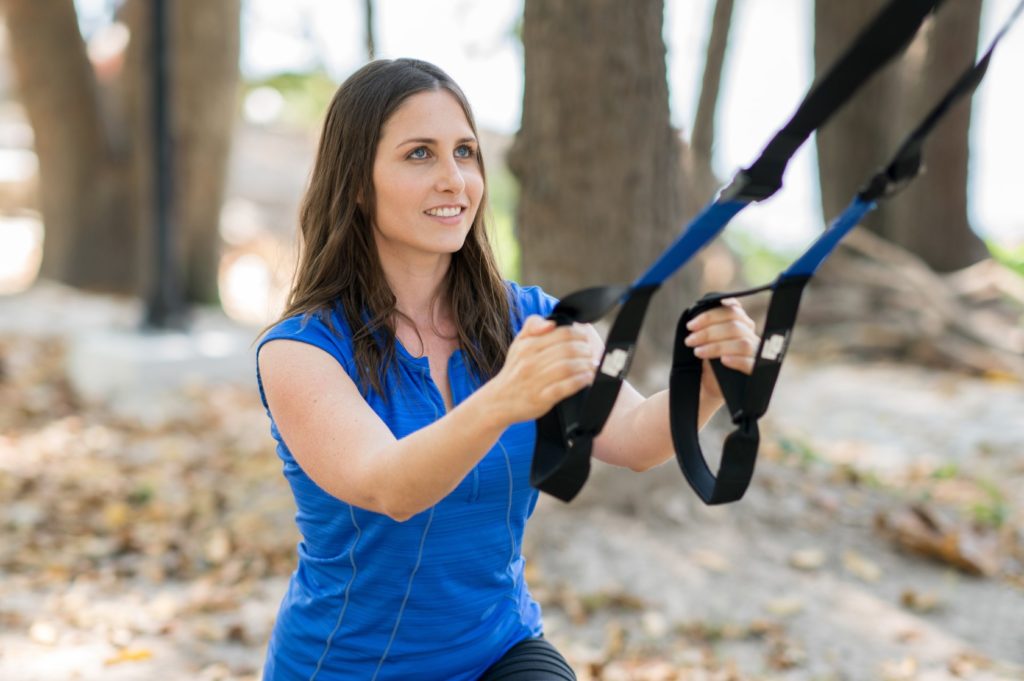I don’t like distance running. I love the idea of it – an age-old form of exercise that requires no equipment and can be done in the great outdoors. I’ve done a couple 5k’s and even one of those mud runs. But after a few sweet weeks, running and I broke up. It just wasn’t my favorite thing to do.
As I write this post, my husband Colin and I are preparing to housesit near Playa Del Coco, Costa Rica. This place is so beautiful, words can’t describe it. The neighborhood boasts an expansive ocean view and is surrounded by a farmland and a national park. And this brings me to why I suddenly have decided to start running again: I want to spend every minute I can outside.
In preparation for my return to running, I’ve been doing HIIT running workouts. I’m mixing intervals of sprinting with walking for recovery. I had forgotten that sprinting is actually fun!
Do you remember running races as a kid? Remember how powerful and free you felt as the breeze rushed through your hair? I feel like I’m getting that back! And if sprinting can make me actually want to run, then it can definitely do the same for you.
A good sprinting workout requires that you warm up thoroughly, pay attention to form, and that you pace yourself. Lucky for you, I asked Bob Wells, a USA Track and Field certified running coach and a NASM certified personal trainer, to share with us his best tips for achieving good sprinting form.
Sprinting 101 with Coach Bob
“As a former sprinter, I have long had a need for speed. There are few things more awesome than the thrill of sprinting. The combination of the physical and mental strength associated with sprinting makes for a challenging and fun workout.
Still, it is important to pay attention to and use proper form when sprinting. While there are a lot of things to consider, every beginner should pay attention to the following three things: your head, your elbows, and your body angle relative to the ground.”
Here’s how Bob explained it:
- As you start sprinting, the head should be pointed downward. While it may seem counterintuitive, this head placement puts the weight of the head in front of the body’s center of gravity. This initiates forward movement.
- The second body part to be aware of is the elbows. Ideally, the elbows should stay at 90 degrees, as the arms pump forwards and backward. This counterbalances the movement taking place at the hips and keeps you in a straight line as you run.
- Another key consideration with the elbows is that they should not cross your body. Instead, they “shave” your rib cage as you run. This saves energy and doesn’t slow you down because of unwanted lateral motion.
- Last but not least is the body angle relative to the ground. At takeoff, the body should be at about a 45 degree angle or the angle of Michael Jackson in the Smooth Criminal music video. This allows for the hamstrings and glutes to create maximal force and drive forward quickly.
Erika’s HIIT Running Workout
- Spend at least 10 minutes warming up.
- You can choose to sprint for a specific distance (e.g. 100 meters) or for an interval of time. You should sprint at 70-90% of what you perceive to be your top speed.
- Once you have finished a sprint, recover by walking briskly for 2-3 times the distance or time you sprinted. Give yourself ample recovery time between sprints.
- Alternate between sprinting and recovering for 20-30 minutes then spend at least 10 minutes cooling down and stretching.
If you are new to sprinting, start with sprinting uphill. Athletic trainer Eric Cressey, CSCS, suggests that sprinting uphill can prevent a hamstring pull by keeping you from over striding. Limit your HIIT sprint workouts to just twice a week to prevent over-training.





